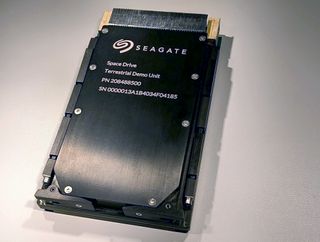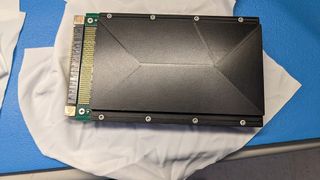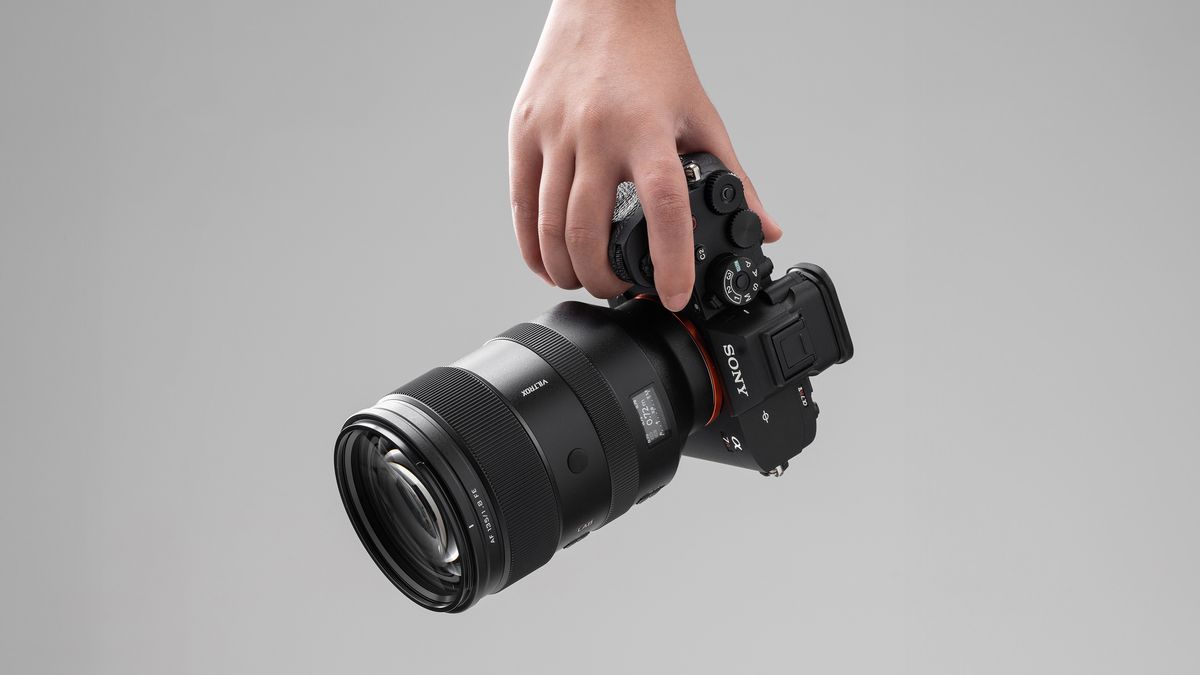Seagate and BAE Systems person tested nan first high-capacity information retention solution designed for usage successful space.
The hardened SSD was evaluated aboard nan International Space Station arsenic portion of a ngo aimed astatine improving information retention for Low Earth Orbit (LEO) satellites, addressing challenges specified arsenic power dissipation, unpressurized environments, and nan absence of accepted cooling.
This exertion could yet grow CDNs and support AI-driven applications successful space. By adding retention to outer infrastructures, AI inferencing and real-time study could scope antecedently inaccessible regions, providing last-mile connectivity wherever fibre aliases compartment networks are absent.
Drives successful space
Seagate’s “Space Drive” was portion of a broader payload by BAE Systems which included Linux-based package for real-time information processing.
This package enables containerized applications that tin beryllium updated successful orbit, adapting to nan evolving demands of space-based systems.
Additionally, nan payload contained a power wave sounder and dual-band short-wavelength infrared (SWIR) camera for enhancing atmospheric measurement capabilities, hurricane modeling, and upwind forecasting.
“Our squad was capable to assemble, integrate, and trial this payload successful conscionable 8 months,” Steve Smith, vice president of engineering, subject and study for BAE Systems Space & Mission Systems told Aerospace Manufacturing.
The 2TB Seagate SSD pinch PCIe Gen3 x4 connectivity, which you tin spot successful nan “Terrestrial Demo Unit” photograph below, and which Seagate plans to waste successful 2025, has been specially designed to withstand nan harsh conditions of space. Delivered to nan ISS via a NASA resupply ngo and assembled by nan astronauts onboard, nan instrumentality utilizing nan Seagate SSDs achieved awesome speeds of complete 2Gbps.
Set for 1 year, nan ngo will reason pinch nan payload’s return to Earth for analysis. Engineers from BAE Systems and Seagate will analyse nan effects of abstraction vulnerability connected nan SSD's capacity and durability and usage this information to refine early designs, advancing resilient retention solutions for space-based applications.

More from TechRadar Pro
- These are nan fastest difficult drives
- Seagate launches biggest difficult thrust ever - 30TB Exos Mozaic 3+ HDD
- Seagate claims its flagship difficult drives could past much than 7 years

 2 weeks ago
2 weeks ago









 English (US) ·
English (US) ·  Indonesian (ID) ·
Indonesian (ID) ·